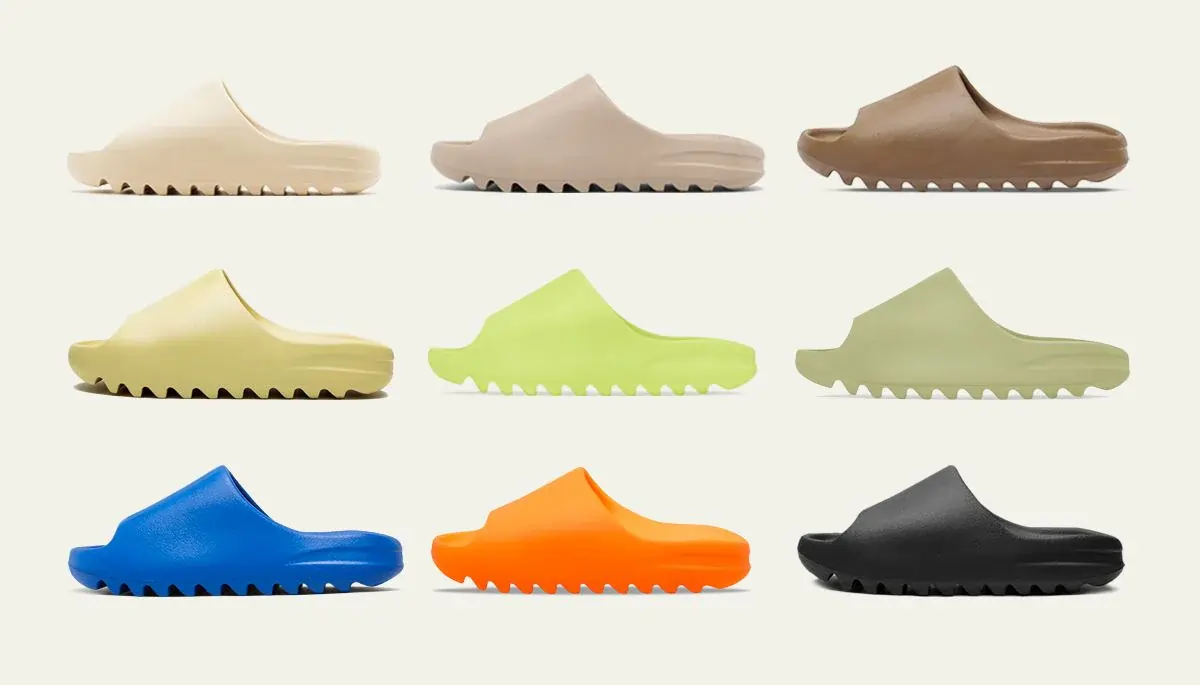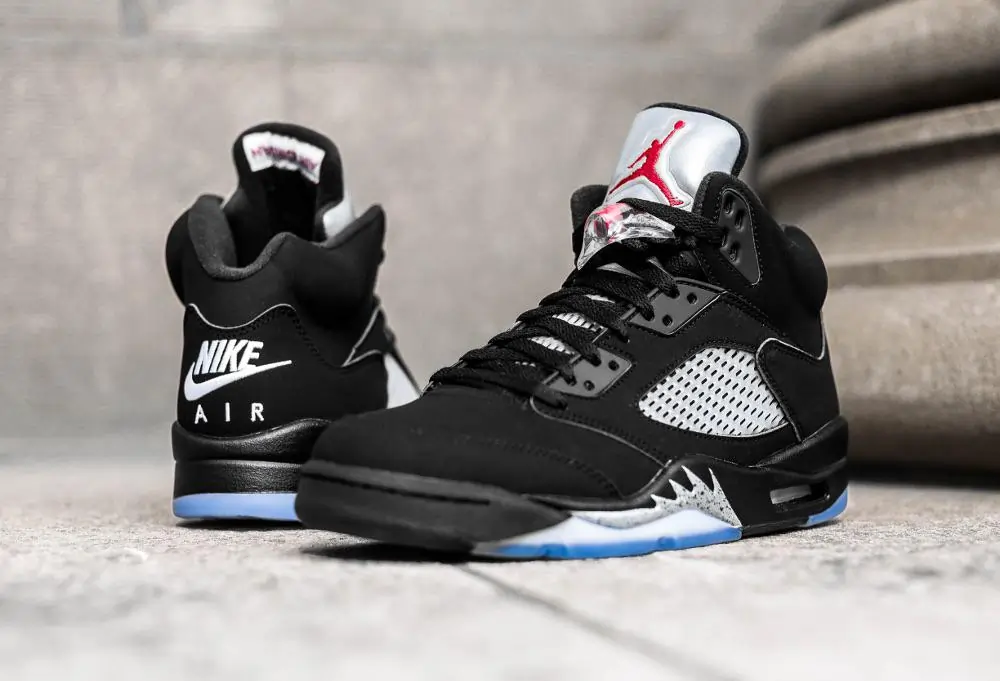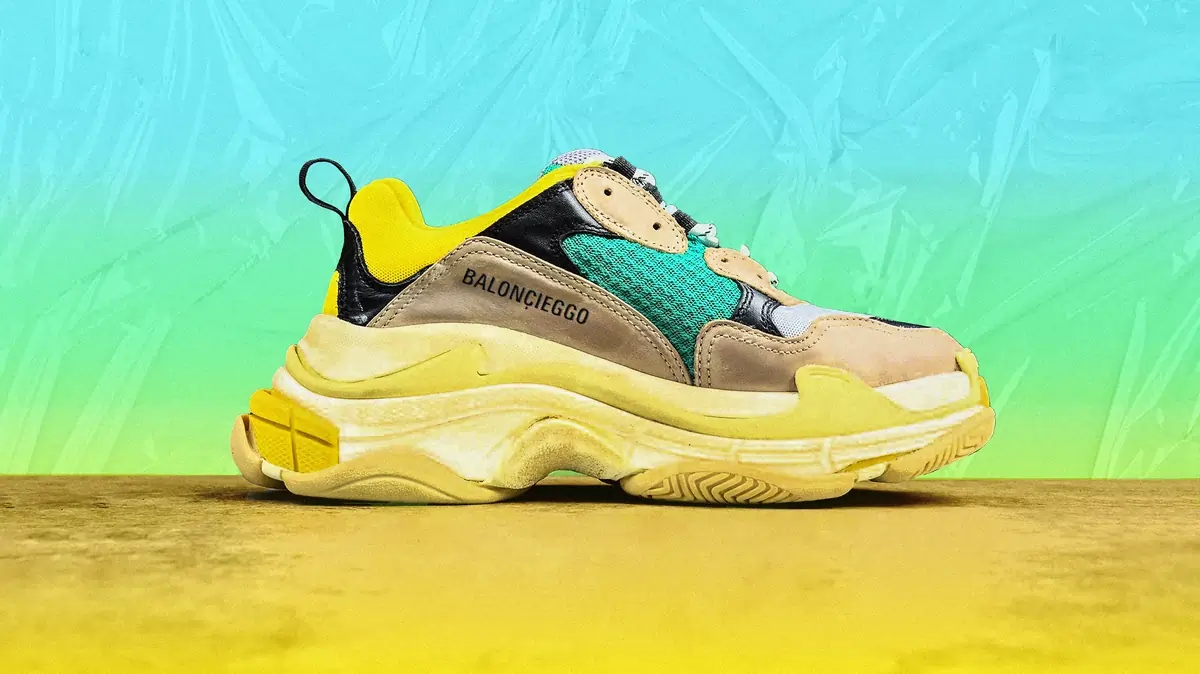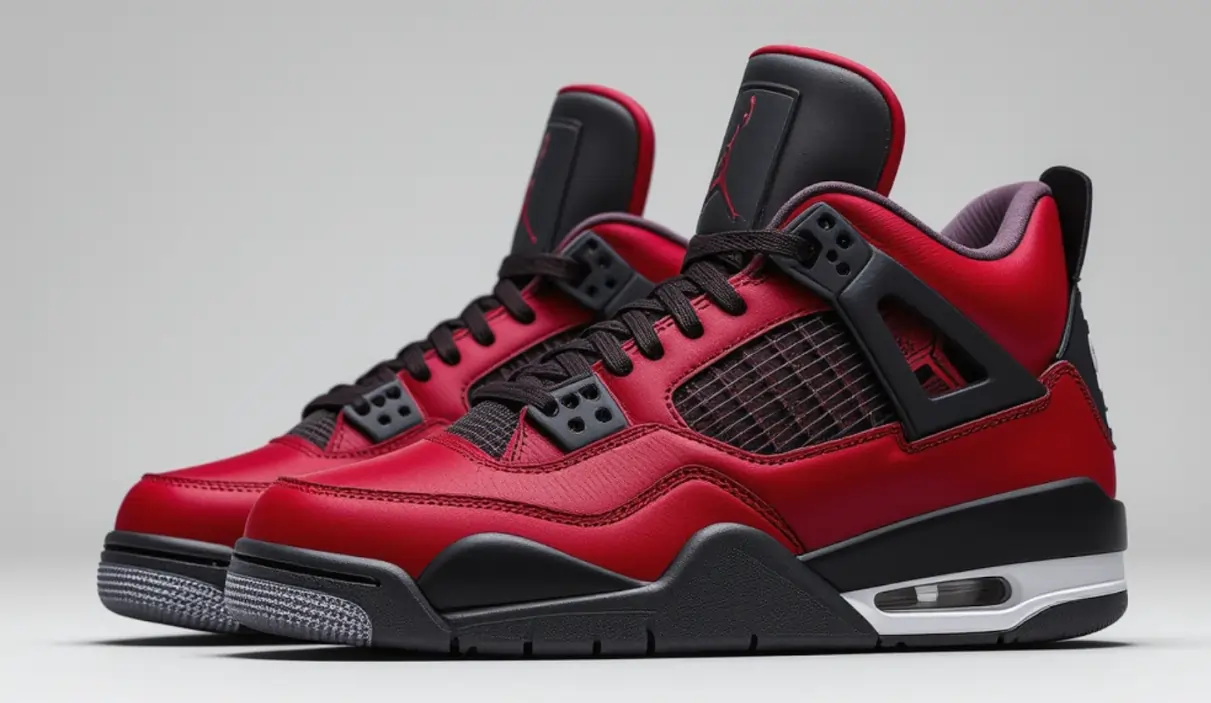In the ever-evolving world of sneakers and streetwear, few items have captured attention as dramatically as the Adidas Yeezy Slide. Originally introduced as part of Kanye West’s Yeezy line, the simple foam slide has grown into a cultural icon. Minimalist in design yet bold in branding, the Yeezy Slide has become one of the most popular footwear items of the past decade.
But with hype comes scarcity, and with scarcity comes replicas. Today, replicas of the Adidas Yeezy Slide are widespread, sold in both obvious and surprisingly convincing versions. Their existence highlights not only the popularity of the silhouette but also the broader questions facing fashion and sneaker culture: accessibility, authenticity, and the meaning of luxury in a mass-market world.
The Rise of the Yeezy Slide
When Kanye West and Adidas released the Yeezy Slide in 2019, few anticipated its cultural impact. Made from lightweight EVA foam and shaped into a futuristic silhouette with exaggerated ridged soles, the slide initially seemed like an extension of the brand’s focus on minimalism. Retailing for around $55–$70 depending on the release, it was one of the most affordable items in the Yeezy lineup.
Yet affordability at retail did not translate into accessibility. Limited supply, combined with Kanye West’s massive influence and the Yeezy brand’s cult following, created instant demand. Resale prices skyrocketed, with some pairs selling for hundreds of dollars on secondary markets. The Yeezy Slide transitioned from casual footwear to cultural status symbol almost overnight.
Why Replicas Are Everywhere
The Yeezy Slide’s design lends itself to replication in a way that other sneakers don’t. Unlike complex sneaker models with multiple layers of materials, stitching, and detailing, the slide is a single-piece foam mold. This simplicity makes it relatively easy for replica manufacturers to produce versions that closely resemble the original.
The resale market also plays a role. A product that retails for under $100 but resells for $300 or more creates strong incentive for replica production. For consumers unwilling or unable to pay inflated resale prices, replicas provide an accessible alternative.
As a result, replica Yeezy Slides are everywhere—from street markets to online shops—blurring the line between authentic and imitation footwear in daily fashion.
The Appeal of Replica Yeezy Slides
Replica Yeezy Slides appeal to a wide range of consumers. Some buyers simply want the look and comfort without the premium cost. Others use replicas as a “trial run” before deciding whether to invest in authentic pairs.
There is also the cultural factor: Yeezy Slides have become an aesthetic shorthand for minimalism, luxury, and streetwear awareness. Wearing them—authentic or not—signals participation in a trend. For some, the perception is what matters most, not the authenticity.
Interestingly, Yeezy Slides are also seen as practical. Their comfort and versatility make them everyday footwear for many, which lowers the stigma attached to wearing replicas. Unlike collectible sneakers meant to stay pristine, slides are used heavily, meaning some consumers feel replicas are “good enough” for their intended purpose.
Authenticity vs. Accessibility
The debate over replica Yeezy Slides underscores a larger tension in fashion: authenticity versus accessibility.
Luxury and streetwear brands often thrive on exclusivity. Limited supply drives demand, fuels hype, and creates resale economies that amplify the desirability of the product. For Adidas and Yeezy, scarcity is part of the marketing strategy.
For consumers, however, this scarcity often feels exclusionary. Many fans admire Kanye West’s designs but cannot access them at retail due to limited stock and instant sellouts. Replicas provide a way to bridge that gap, democratizing a style otherwise locked behind resale paywalls.
This tension fuels ongoing debates in sneaker culture: Are replicas a form of theft, or are they a response to an industry that thrives on artificial scarcity?
The Stigma Around Reps
Traditionally, wearing replicas carried significant stigma. Being caught with “fake” sneakers or luxury goods was seen as embarrassing, a mark of inauthenticity in fashion communities. But cultural attitudes are shifting.
On platforms like TikTok and Reddit, conversations about “Yeezy Slide reps” are open and often positive. Young consumers, especially Gen Z, tend to view authenticity more fluidly, prioritizing style and affordability over strict brand loyalty. For many, if a replica provides the same comfort and look, it fulfills its purpose.
This generational shift has softened the stigma around replicas, normalizing them as part of mainstream fashion discourse.
The Brand’s Perspective
For Adidas and the Yeezy brand (before its partnership ended in 2022), replicas were a challenge but also an indicator of cultural success. When a product is replicated heavily, it demonstrates its status as a cultural icon. At the same time, replicas undermine the exclusivity and potential resale economy that keep hype alive.
Brands have responded with strategies like producing more stock, creating authentication partnerships, and exploring digital authentication tools. Yet eradicating replicas entirely is nearly impossible in a globalized market.
Interestingly, after the Adidas–Kanye split, Yeezy products gained an additional layer of collectibility, with consumers treating authentic pairs as finite cultural artifacts. In this context, replicas became even more prominent as demand for discontinued products rose.
Ethical Dimensions
The replica debate is not only about fashion but also about ethics. Replicas are legally considered counterfeits, violating intellectual property rights. For luxury brands, fighting replicas is essential to protecting their designs and profits.
However, the ethical perspective from consumers is more nuanced. Some argue that replicas democratize access to cultural products, allowing fans to participate without financial barriers. Others believe replicas exploit the creativity of designers and undermine innovation by rewarding imitation over originality.
Yeezy Slides highlight this ethical complexity. Are they merely shoes made from foam, or are they works of design deserving of intellectual property protection? The answer depends on where one stands in the replica debate.
The Future of Replica Culture
Replica Yeezy Slides are part of a broader trend: the normalization of replicas in global fashion. With advanced manufacturing, high-quality replicas are increasingly difficult to distinguish from authentic products. This challenges both brands and consumers to reconsider what authenticity means in fashion.
For brands, the future may lie in expanding production, improving authentication, or shifting focus toward experiential branding—selling not just a product but a lifestyle or identity that replicas cannot fully capture.
For consumers, replicas are likely to remain a fixture, especially as online communities continue to destigmatize them. The Yeezy Slide may be just one chapter in a larger story about replicas in fashion, but it is a particularly visible and influential one.
Conclusion
The Adidas Yeezy Slide is more than just a piece of footwear—it is a cultural statement. Its meteoric rise in popularity reflects the power of minimalist design, celebrity influence, and streetwear culture. But its widespread replication also reveals the tensions between exclusivity and accessibility in fashion.
Replica Yeezy Slides force us to confront questions about authenticity, affordability, and cultural participation. Do replicas undermine fashion, or do they democratize it? Are they harmful copies or simply reflections of consumer demand unmet by brands?
One thing is certain: the Yeezy Slide, whether authentic or replicated, has left a lasting mark on sneaker culture. It represents both the power of hype and the paradox of fashion in an era where replicas are no longer hidden but openly discussed and, for some, proudly worn.




